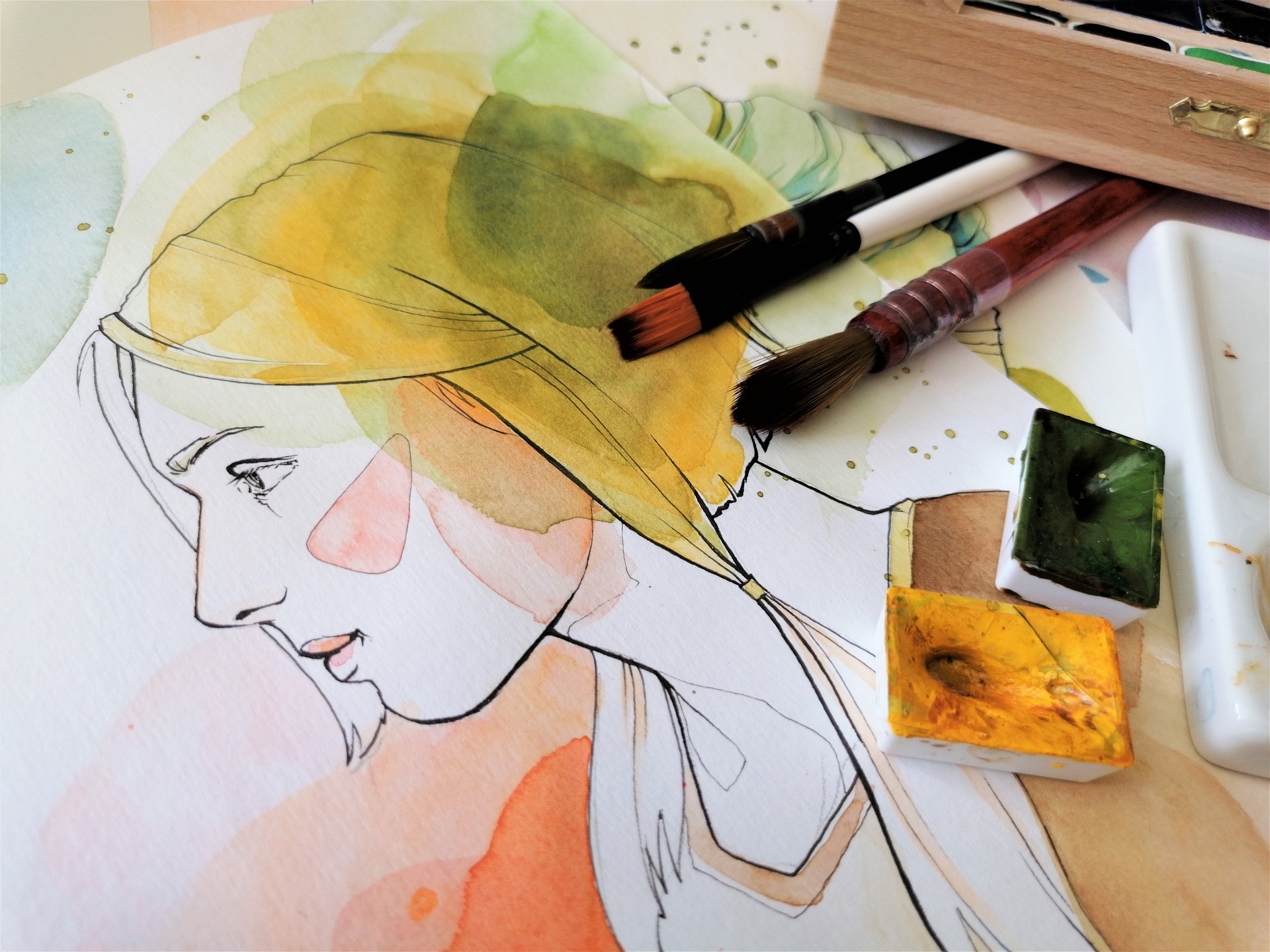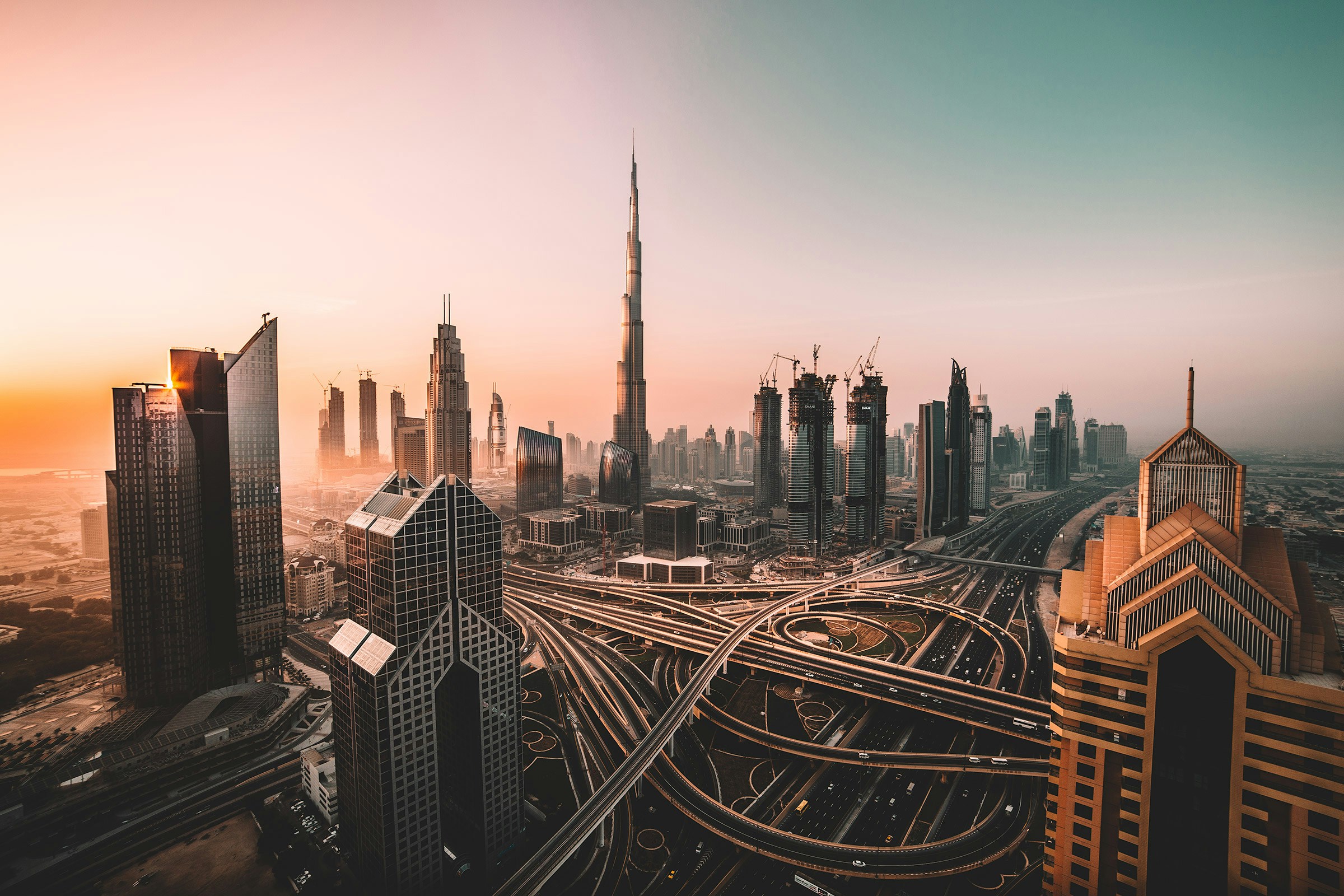Immersive Art Experiences Are Changing the Way We See Creativity
Art has always been a powerful means of expression, but immersive art experiences are revolutionizing how audiences engage with creativity. These interactive installations blend technology, storytelling, and participation to create multisensory journeys. As traditional museums and galleries embrace digital transformation, how are immersive art experiences reshaping the landscape of modern creativity?

The Rise of Immersive Art
Immersive art is not a new concept, but its popularity has surged in recent years. From large-scale digital projections to interactive installations, these experiences allow audiences to step inside the artwork rather than simply observe it. The growing demand for experiential entertainment has driven artists and curators to push creative boundaries, leading to a new era of participatory art.
Notable exhibitions such as teamLab’s Borderless in Tokyo and Atelier des Lumières in Paris have attracted millions of visitors, proving that audiences crave more than traditional static displays. These spaces combine digital art with motion sensors, artificial intelligence, and sound design, offering an evolving, responsive environment that adapts to the viewer’s presence.
Technology’s Role in Immersive Installations
Advancements in technology have played a crucial role in the development of immersive art. Projection mapping, augmented reality (AR), virtual reality (VR), and AI-generated visuals have allowed artists to create experiences that engage multiple senses simultaneously.
Projection mapping transforms ordinary surfaces into dynamic canvases, turning entire rooms into living artworks. VR and AR, on the other hand, offer personalized journeys where users can explore new dimensions of artistic expression. These technologies enable creators to craft ever-evolving installations that are different with each visit, making the experience unique every time.
The Blurring Lines Between Art and Entertainment
One of the most significant effects of immersive art experiences is the way they blur the boundaries between art and entertainment. Traditional art spaces often require quiet contemplation, while immersive installations encourage active participation. This shift has attracted a broader audience, including those who may not typically engage with fine art.
Interactive exhibitions also provide a social element, making them perfect for group experiences and social media sharing. The rise of Instagram-friendly exhibitions, such as the Museum of Ice Cream and Yayoi Kusama’s Infinity Mirror Rooms, demonstrates how visual spectacle plays a key role in the modern art experience. While some critics argue that these spaces prioritize aesthetics over meaning, others see them as a natural evolution of contemporary art.
How Immersive Art Impacts Traditional Museums
As immersive installations gain popularity, traditional museums are adapting to the changing landscape. Institutions like the Louvre and the Smithsonian have incorporated digital experiences to make their collections more accessible and engaging. By integrating technology, museums can offer interactive storytelling elements, allowing visitors to connect with art in new and meaningful ways.
At the same time, some curators worry that immersive experiences may overshadow traditional exhibits. The challenge lies in finding a balance—using technology to enhance rather than replace the historical and cultural context of artworks. The future of museums may rely on hybrid models that blend classic curation with cutting-edge digital enhancements.
The Future of Immersive Art
The rise of immersive art experiences is not a passing trend; it represents a shift in how audiences interact with creativity. As technology advances, artists will continue exploring new ways to engage viewers, pushing the boundaries of what is possible in the art world.
With the continued growth of digital and interactive art spaces, the possibilities are limitless. From AI-generated exhibits to holographic performances, the future of immersive art will redefine artistic expression, making creativity more accessible and experiential than ever before. Whether in museums, galleries, or pop-up installations, immersive art is shaping a new era of artistic engagement that invites everyone to step inside the creative process.




